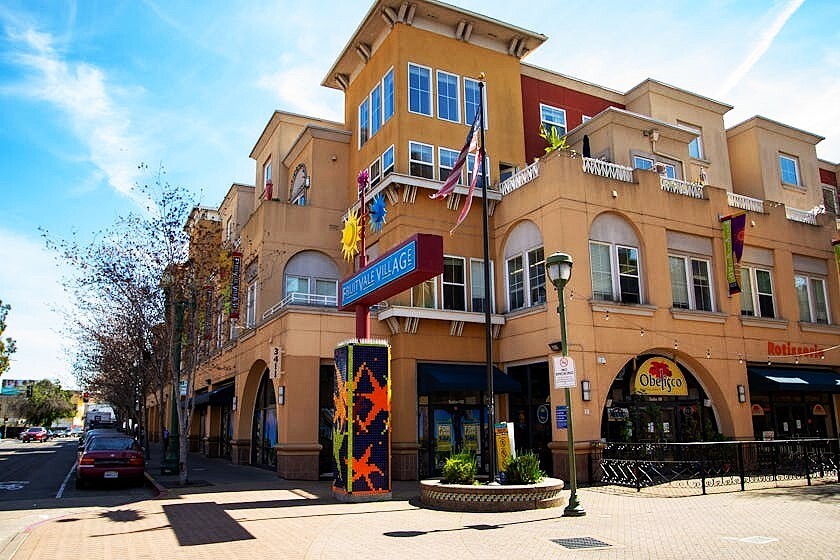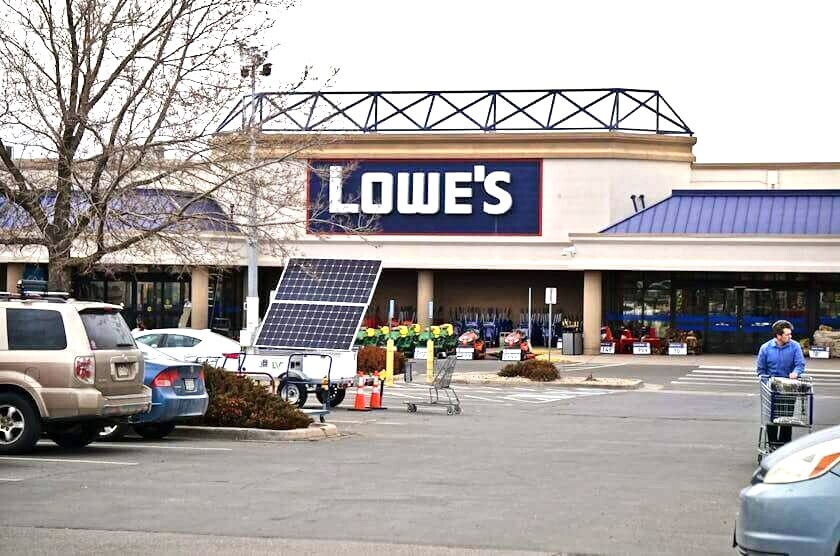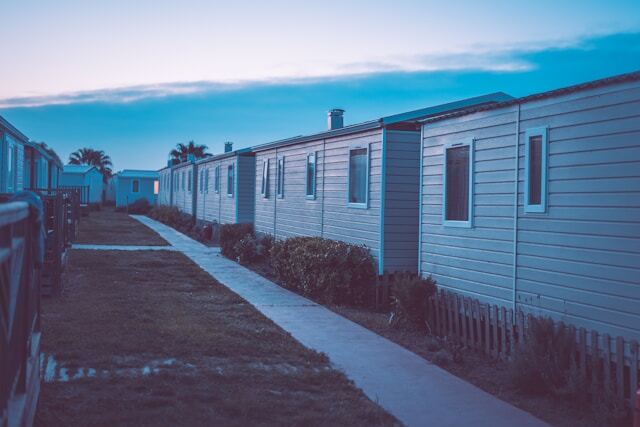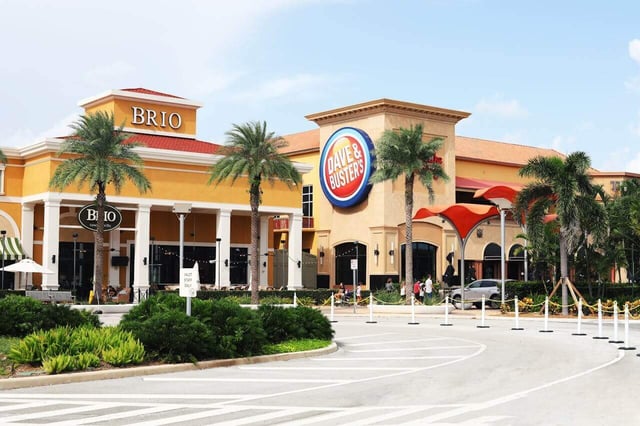How To Know When To Choose Value-Add Or Stabilized Assets
October 30th, 2025
5 min read
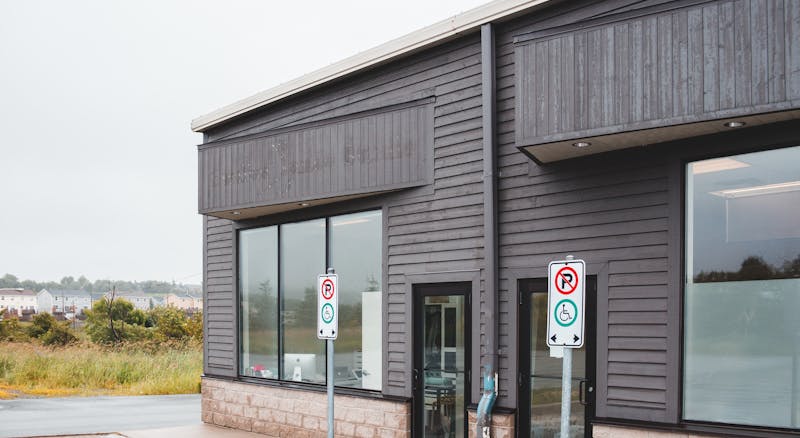
Investing in retail real estate isn’t just about location. It’s about knowing what kind of opportunity you’re actually buying.
Are you stepping into a fully leased, income-generating shopping center that runs like a well-oiled machine? Or are you betting on a property with untapped potential, ready to be reimagined and repositioned?
Welcome to the crossroads of stabilized and value-add retail assets. These two paths offer very different rewards, risks, and strategies. For investors entering the world of commercial real estate, understanding this distinction is more than just a technical detail; it is crucial. It is a decision that can shape your entire investment experience.
Let’s break down what sets these assets apart, how to tell which is right for you, and where the real (and often overlooked) opportunities lie.
Understanding Stabilized vs. Value-Add Assets In Retail CRE
In commercial real estate (CRE), properties are typically categorized by current performance and future return potential. Two of the most common types, especially in retail, are stabilized retail assets and value-add retail properties.
Think of it like choosing between two buildings. One is polished and “turnkey” (ready for immediate use), already delivering value. The other is full of potential but requires vision, strategy, and effort to reach its full potential.
Both can be smart investments. Each is built for different strategies and investor profiles.
What Is A Stabilized Retail Property?
A stabilized retail property is one that is operating at or near full potential. These assets feature a strong tenant mix, high occupancy rates (typically exceeding 90%), and reliable cash flow. They are often located in well-established trade areas with consistent consumer demand and visibility.
Common Features Of Stabilized Retail Assets:
- 90% or higher occupancy
- Triple-net (NNN) lease structures
- Long-term national or credit tenants
- Low capital expenditure requirements
- Predictable and immediate income stream
For new investors, stabilized properties offer a low-risk entry point into shopping center investing, providing ease in operations and simpler financing.
What Is A Value-Add Retail Property?
A value-add retail property requires improvement. These assets may have high vacancies, outdated infrastructure, or an underwhelming tenant mix, but they are often located in areas with strong upside potential.
While they may carry higher risks, these properties offer incredible opportunities to unlock substantial value. Through strategic leasing, innovative renovations, bold rebranding, or thoughtful repositioning, the potential for growth and transformation is immense!
Typical Characteristics Of Value-Add Retail Centers:
- Occupancy below 80%
- Deferred maintenance or outdated design
- Short-term leases or below-market rents
- Visibility or signage limitations
- Potential for tenant upgrades and repositioning
Value-add investments are not about guessing. They aim to identify a gap between current performance and future potential, then develop a strategy and resources to close it.
Which Retail Investment Strategy Is Best For Beginners?
The best strategy depends on your goals, resources, and how involved you want to be.
Stabilized properties are well-suited for passive investors seeking consistent cash flow with minimal operational demands. They are easier to manage and offer reliable performance from the beginning.
Value-add properties demand more hands-on effort and capital. However, they can accelerate equity growth when executed properly. If you are entrepreneurial or have access to an experienced team, this approach could be rewarding, offering a thrilling journey of growth and transformation.
Stabilized Retail Assets Are Best For:
- Passive investors
- Income-focused strategies
- Long-term portfolio stability
- Simpler operations and tenant management
Value-Add Retail Assets May Suit:
- Active operators with redevelopment experience
- Investors seeking aggressive growth
- Teams with strong leasing or property management capabilities
- Those comfortable with higher risk and delayed cash flow
How Retail Real Estate Trends Impact Asset Value And Investment Strategy
Current retail trends directly impact how both stabilized and value-add strategies play out. The strongest-performing centers today align with shifts in how consumers spend and engage with brands.
Experiential Retail And Service-Oriented Tenants
Modern retail centers are no longer just shopping hubs; they have evolved into dynamic destinations. They have evolved into destinations where people go for fitness classes, beauty services, dining, and community events. These experiences cannot be replicated online, giving retail centers a competitive edge.
Stabilized properties that already feature these tenants tend to outperform those that do not. Value-add assets can use this trend as a blueprint for repositioning by upgrading tenant mix and reactivating common areas.
Growing Demand For Local And Community-Based Retail
Local businesses and regional brands continue to gain popularity. Consumers are choosing authenticity and purpose over mass-market options. Retail centers that reflect this trend are building stronger emotional connections with shoppers.
This creates an opportunity on both sides. Stabilized centers with curated local tenants may already have a competitive advantage. Value-add properties can capitalize on this trend by implementing thoughtful leasing strategies and enhancing their design.
Where To Learn More About Shopping Center Investing
Whether you are considering a stabilized property or a value-add project, success comes from informed decision-making.
Visit the RockStep Capital Learning Center for articles designed to guide new and aspiring investors. Topics include passive investing, shopping center ownership, and alternative real estate strategies.
Prefer to learn by watching? Subscribe to The Shopping Center YouTube Channel. Explore educational videos, behind-the-scenes property tours, and expert insights from the RockStep Capital team.
Finding Hidden Opportunities In Retail Real Estate
Some of the best deals in retail real estate are not always the most obvious.
In a stabilized center, hidden value may lie in below-market leases, upcoming tenant rollovers, or underutilized outdoor areas. Subtle changes in tenant mix or public space programming can enhance performance without requiring a major capital investment.
In a value-add property, opportunity often lies in the basics. A dated strip center with solid demographics and traffic counts can be repositioned with modern signage, refreshed facades, and a new marketing approach. These centers may fall outside the radar of larger institutional buyers, creating room for individual investors to compete.
Both asset types require attention to detail. Investors who take time to understand the full story of a property often find value that others miss, empowering them with a deeper understanding and a competitive edge.
Retail Investment Strategy Comparison Chart

Why Understanding Asset Type Is Essential For Retail Investors
Knowing whether you are evaluating a stabilized or value-add property is not just about categorizing the deal; it is about understanding the terms of the agreement. It informs everything from how you model your returns to how you structure your team and financing.
Stabilized assets allow new investors to build skills, learn operations, and generate income with minimal disruption. They can act as a foundation for more advanced deals in the future.
Value-add assets present an exciting opportunity for investors willing to embrace complexity. By strategically enhancing a property's performance, these assets can yield impressive returns that exceed expectations. With effective planning and execution, they not only transform individual properties but also substantially elevate the overall value of the portfolio.
The potential for growth is significant, making value-add investments a dynamic choice for forward-thinking investors. The key is not choosing the "better" asset class. It is choosing the one that aligns with your strategy, strengths, and investment timeline.
Stabilized Or Value-Add: Which Retail Path Will You Take?
Retail real estate continues to evolve, and opportunities abound for investors who know how to evaluate them effectively.
A stabilized shopping center offers peace of mind and predictable income. A value-add project challenges you to reimagine what the property could become. Both paths are valid. The better option is the one that fits your risk tolerance, available resources, and vision for growth.
As consumer preferences change and retail centers become more experience-driven, investors who stay informed and adaptable will lead the way, feeling confident and prepared for the future. Understanding the distinction between stabilized and value-add assets helps you get ahead of the curve.
Whether you are looking to build a steady income or unlock hidden value, now is a strong time to explore retail investing and define your path forward.
Topics:













